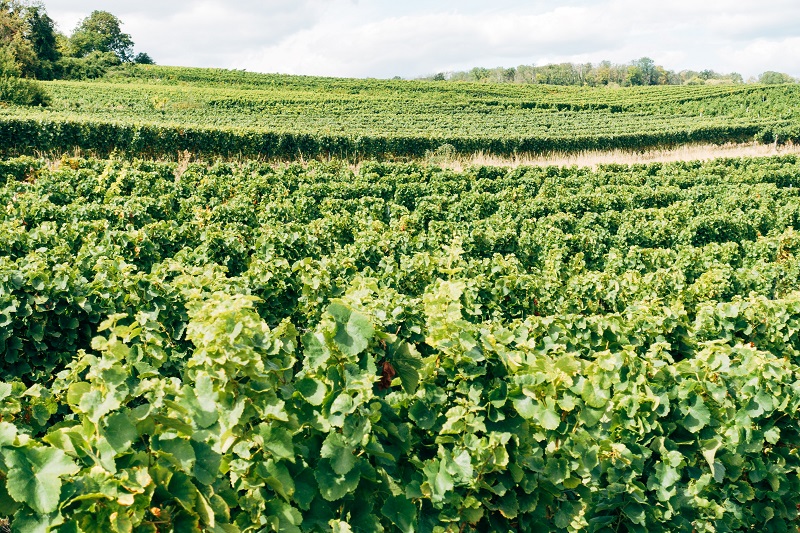Drought Relief Provides Food To California’s Hardest Hit Communities
As the hot, dry months approach and extreme drought grips much of the state, the California Department of Social Services’ (CDSS) today announced that food banks in 24 drought-affected counties will be receiving shipments of food assistance.
The first $5.1 million in food assistance will begin to hit food bank shelves in early May, delivered directly to drought-impacted communities.
“Communities are feeling the impacts of the drought, and this assistance will help families put food on the table,” said CDSS Director Will Lightbourne. “As the drought persists, we’ll continue delivering assistance to where it is most needed.”
Today’s announcement represents the first wave of drought-related food assistance which will be delivered to communities throughout California this year. The $687 million emergency drought legislation, signed by Governor Edmund G. Brown Jr. last month, included $25 million in food assistance for the counties most impacted by the drought.
Shipments will be sent to counties in which the unemployment rate is higher than the 2013 statewide average and which have a higher share of agricultural workers than the state as a whole. These counties include: Amador, Butte, Colusa, Fresno, Glenn, Kern, Kings, Lake, Lassen, Madera, Merced, Modoc, Monterey, San Benito, San Joaquin, Santa Cruz, Sierra, Siskiyou, Stanislaus, Sutter, Tehama, Tulare, Yolo, and Yuba.
A study on effects of the drought conducted by the University of California-Davis has been initiated and once completed will help refine the locations of future food assistance distributions.
Beginning in May, local food banks in these 24 counties will receive pre-packaged boxes of nutritionally balanced, non-perishable food, designed to provide enough food for a household of four people for about five days. Food items include canned fruits and vegetables, soup, peanut butter, rice, and beans. These food banks are developing local Drought Action Plans for food distribution and collaborating with other local organizations who may be serving hungry families.
Individuals receiving the food box will be asked to self-certify that they live in a household where drought conditions have caused their unemployment or underemployment.
In addition to drought-related food assistance, families and individuals who are expecting long-term impacts of the drought will be offered information and assistance in applying for the CalFresh Program. CalFresh is a federal program designed to help families add to their food budget to put healthy and nutritious food on the table.
Here’s more information about CalFresh (www.calfresh.ca.gov) and applications for the program.
Governor Brown has called on all Californians to reduce their water use by 20% – visit SaveOurH2O.org for ideas about how to conserve, and visit Drought.CA.Gov to learn more about how California is dealing with the effects of the drought.
Source: California Department of Social Services










